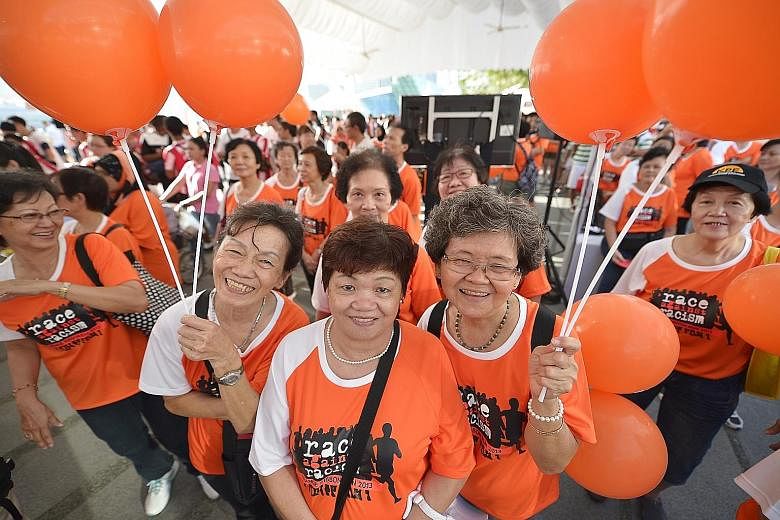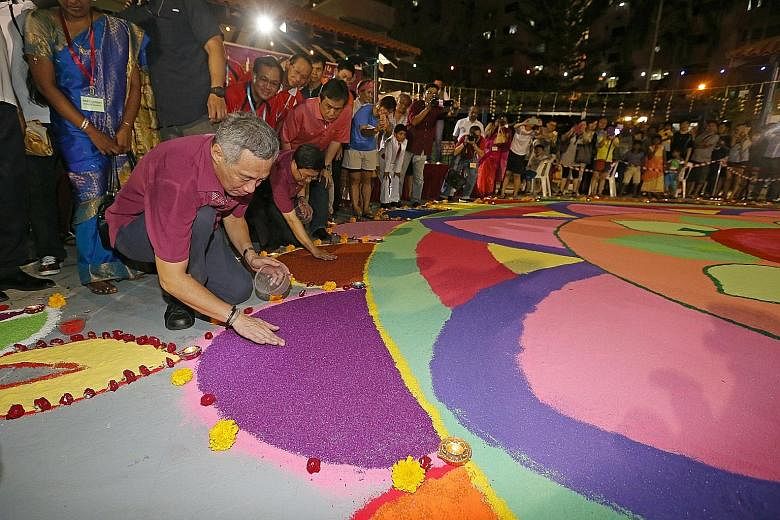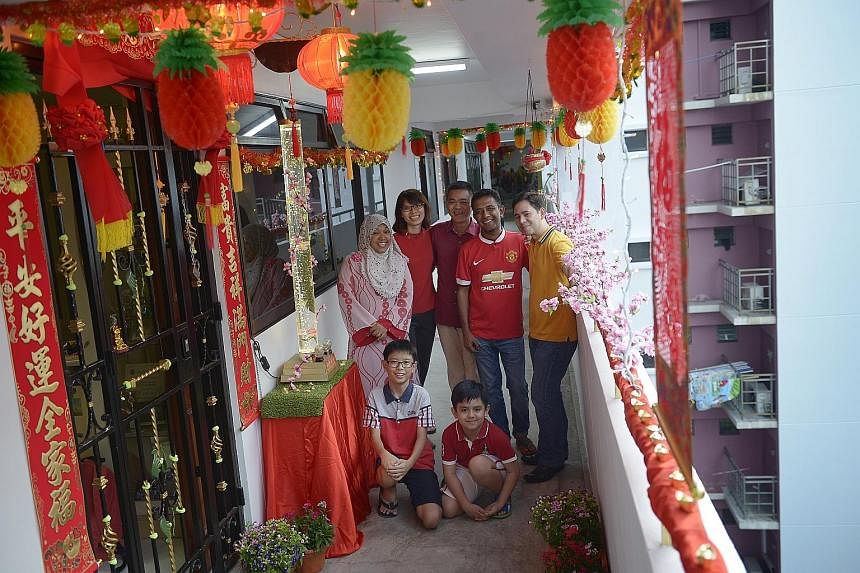Of all the race-based policies implemented here, the group representation constituency (GRC) scheme is, by far, the most controversial.
Under it, political parties must field at least one minority candidate in each GRC team they put up for contest.
The intent of the policy, which began at the 1988 polls, was to ensure adequate minority representation in Parliament.
But in every election year - including at the recent general election - critics have complained that the system is unfair, saying that it allows some candidates to ride on the coat-tails of their more prominent or established running mates.
As such, they claim it gives the ruling People's Action Party (PAP) an edge over opposition parties.
Observers acknowledge the merits of a GRC system, but say it will "breed cynicism" if not managed properly and if there is no constant public education.
Institute of Policy Studies sociologist Mathew Mathews says the GRC system is an important safeguard which preserves the rights of minorities and ensures their representation in legislation.
This is something that cannot be taken lightly, Home Affairs Minister K. Shanmugam said in an interview with The Straits Times in August: "There's always a risk that race can be exploited or become relevant during a campaign, and minority candidates getting squeezed out or finding that their representation is substantially reduced. And, if that happens, is that good for Singapore?"
Chua Chu Kang GRC MP Zaqy Mohamad tells Insight that it tends to be more challenging for a first-term Malay candidate to connect with non-Malay residents.
But he adds: "There are many permutations - the system could be tweaked or enhanced. Today, there has been a move towards making GRC sizes smaller."
The average size of GRCs at the 2015 General Election was 4.75, down from five in the 2011 polls.
Social anthropologist Lai Ah Eng of the National University of Singaporewould like the maximum number of members for each GRC capped at three, as in 1988, and also be reviewed at each general election, if not scrapped.
She also calls for a review of the quotas imposed under the Housing Board's Ethnic Integration Policy.
She thinks its roll-out has been inconsistent: "Should it still apply for rental cases when there is a disproportionate number of Malays and Indians in the rental population and queue? Or the minority quota is already filled for sale flats?
"If we are really worried about integration, why not have ethnic quotas for all Singapore residential areas? The rich are too exclusive and excluded from having to integrate."
Iseas-Yusof Ishak Institute sociologist Terence Chong adds that "prescriptive policies" such as the bilingual policy should be looked at.
This broadly requires Chinese students entering school to learn Mandarin as their second language, Malay students to study Malay, and Indian students to take Tamil or another Indian language.
"Prescriptive policies often have an ideal ethnic culture in mind and seek to maintain this ideal through rules and regulation," Dr Chong says. As for the bilingual policy, it could be problematic because it "assigns culture and language to the colour of your skin".
Mr Zaqy says integration can be better fostered if Singaporeans are encouraged to pick up a third official language - beyond English and their mother tongue.
"Giving minorities the option to learn Mandarin, and for Chinese to take up Malay or Tamil, will enhance racial integration as people can start understanding, through language, the different cultures."
Then there are constitutional bodies such as the Presidential Council for Minority Rights (PCMR), which comprises 18 members of the racial and religious mix of Singapore. It scrutinises laws to ensure there is no discrimination against any ethnic minority group.
The current council is led by Chief Justice Sundaresh Menon, and includes former Cabinet ministers Othman Wok and S. Dhanabalan, as well as Emeritus Senior Minister Goh Chok Tong and Prime Minister Lee Hsien Loong.
Dr Lai notes that the council has not done or said anything about perceived discrimination here. She calls for a more diverse group of representatives on the council, hailing from more varied backgrounds and all walks of life.
But law don Eugene Tan, a former Nominated MP, says, while the PCMR has not issued any negative report in its 45 years since its founding in 1970, "imagine the disquiet it would cause to the minorities if the PCMR is abolished".
The PCMR, as well as other laws, such as Article 152 of the Constitution that protects minority rights, should be seen as "sentinels to maintain and enhance the quality of multiracialism in Singapore", he adds.
This can be likened to a "symbolic but powerful shield, rather than a sword, that the minorities can assert collectively against the Government of the day if it fails to care adequately for them".
INTEGRATION AN ONGOING EFFORT
Mr Baey Yam Keng, Parliamentary Secretary for Culture, Community and Youth, tells Insight that the Government recognises the need to continually review and adjust its policies, in consultation with the community, if changes are warranted.
But the backdrop is that racial and religious integration is an ongoing effort by everyone. "While we have various platforms such as the Inter-Racial and Religious Confidence Circles, the harmony we have today is the result of efforts from all to build trust among our different ethnic and religious groups," he says.
"In Singapore, we accept our ethnic differences and celebrate our ethnic and cultural diversity.
"The broad theme of the Singapore Government's policy on matters of ethnicity, in the context of our multiracial society, has consistently been to expand common spaces and to minimise divides while preserving our cultural heritage," he adds.




